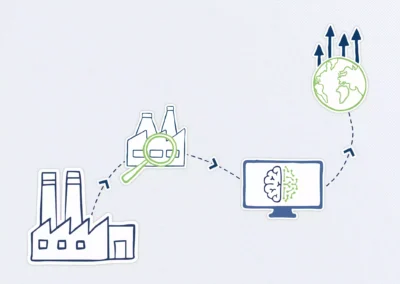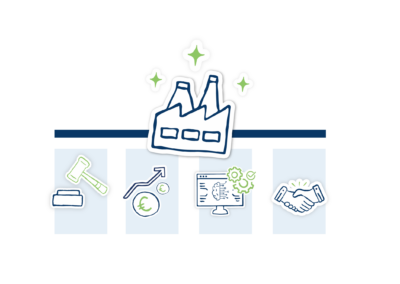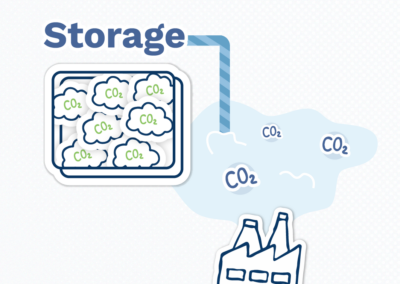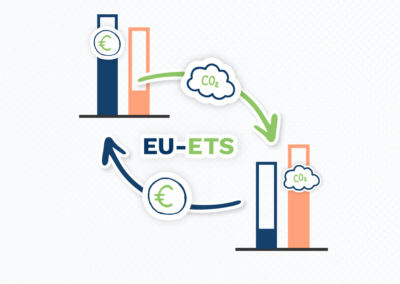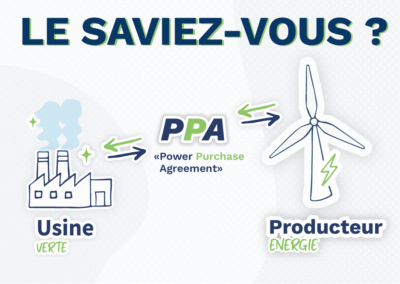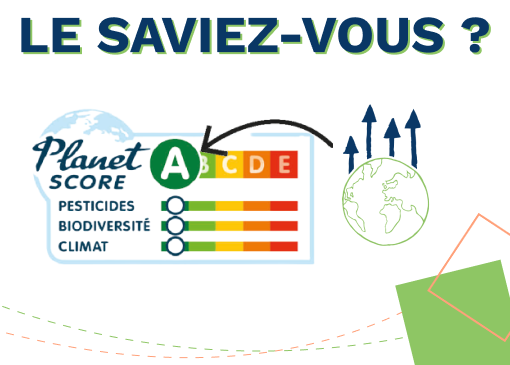
The Planet Score: Is it mandatory for agri-food industry professionals?
What is environmental labelling in the food industry?
Planet-score, Definition
You already use the Nutri-score, the label that informs your customers about the nutritional values of a product. The Planet score is a second label that is making its way into agri-food professionals.
The device was established following the AGEF law (Anti-Waste Circular Economy) of February 2020 and the Climate and Resilience law of August 2021. A call had been made to create an environmental display system for agri-food in the form of a label. The Planet score was selected for this purpose.
This label displays environmental criteria. A grade from A to E is assigned based on 3 sub-indicators:
- Pesticides: the use or non-use of pesticides.
- Biodiversity: the impact of agricultural practices on biodiversity.
- Climate: carbon storage in soils and greenhouse gas emissions.
In addition to these criteria, there is also an indicator on animal welfare (this sub-indicator concerns products containing at least 5% of animal products for pig, poultry, cattle, or sheep farms). The score is displayed in color: green, orange, or red.
The purpose of the Planet Score is very clear: to combat biodiversity decline, climate change, air and water pollution, deforestation, etc. By informing consumers about the environmental impact of food, it calls for general awareness, without greenwashing and by promoting transparency.
France is not the only country concerned: dozens of countries have also committed to this, including England, Italy, Spain, and Germany.
Planet-score: mandatory for manufacturers?
How is the Planet score calculated?
The Planet score is calculated using numerous indicators, including:
⇒ State databases, particularly Agribalyse from ADEME.
⇒ The impact of agricultural practices on biodiversity.
⇒ Data from the IPCC (Intergovernmental Panel on Climate Change).
⇒ Ingredient origin, cultivation/raising method, packaging used, transportation, etc.
⇒ The LCA (Life Cycle Assessment) method and improvements to this method as it is incomplete for the agri-food industry. This method is notably used for evaluating pesticide use.
When a product consists of multiple ingredients, each element is assessed, and a prorated score is applied based on the quantity of each ingredient, resulting in an overall score.
This process should enable agri-food industry professionals to identify areas for improvement.
Livestock farming methods are evaluated separately. The criteria are based on a grid created by the CIWF France, which advocates for animal protection.
What should agri-food industry professionals implement?
Here are the recommendations from ADEME for effectively using the Planet score:
⇒ Awareness: The first step is to understand the device’s stakes and commitments. Consider the best way to implement environmental display, especially regarding technical and logistical frameworks.
⇒ Engagement: The company defines which services will be involved in the process and what this entails. Define the project scope and take stock of available resources.
⇒ Data collection: The industrialist gathers all specific data for each product to evaluate them later. This collection may sometimes be partially done externally, from various actors in the sector.
⇒ Environmental product evaluation: The collected data is analyzed to calculate the environmental impact of each food product. A tool performing life cycle analyses must be used.
⇒ Results analysis and score assignment: A grade from A to E is assigned to different sub-indicators for each product.
⇒ Score verification: An individual selected by ADEME will verify the conformity of the data, tools used, and scores assigned.
⇒ Score display: Once everything is validated, the scores can be displayed on foodstuffs through the Planet score.
Discover how Dametis can assist you in reducing your environmental impact and thereby improving the Planet score of your products:










